Notes on specific plays - 'Matsukaze'
Matsukaze - A note on the names Matsukaze and Murasame
"Matsukaze" does mean, as is usually translated, "wind in the pines" (with a word play on "matsu" which also means "waiting") but one should think of a stormy wind in this case, not the relaxing sound of a breeze whistling gently through pine needles. These pines are at a stormy, autumnal shore, one that is cold and dark. "Murasame" refers to a type of rain that starts suddenly, comes down hard, stops, then starts again, so something like "rainstorm" or "sheets of rain" catches the mood of the word as it is used in this play. Stormy, unsettled images are the keynote in the case of this play.
Matsukaze - Scenes of Suma Bay
Below is a modern artist's rendition of Genji gazing out at Suma Bay during his exile, a different modern artist's impression of what Genji see's when he looks out at that Bay (the glowing moon, I think, is operative in our play Matsukaze), and, finally, a modern photo of Suma Bay still trying to capture a similar feeling
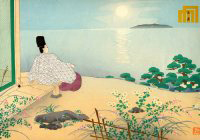
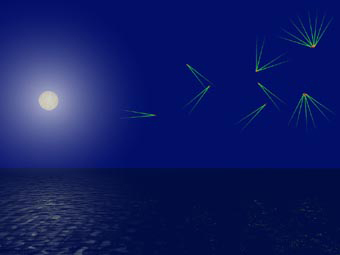

Matsukaze - Masks (click on image for full-sized image)
The younger of the two women, Murasame, wears the Ko-omote mask
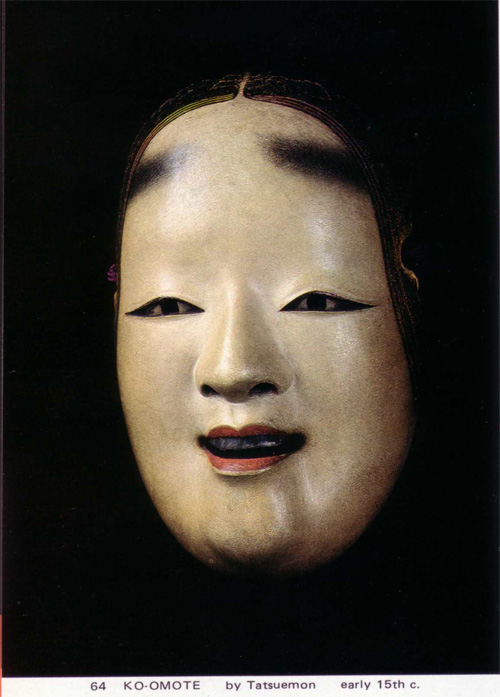
The main figure of the play, Matsukaze, wears either the waka-onna ("young woman") mask or the fukai ("deep well") mask.
Here's the waka-onna mask as carved by Kawachi in the 17th century, then the backside of the same mask as carved by Tosui in the 18th centur, then an example of the mask as it is worn during the play.
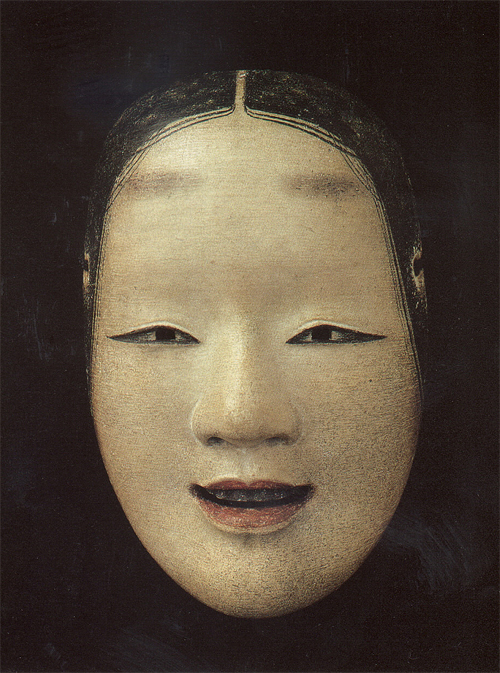
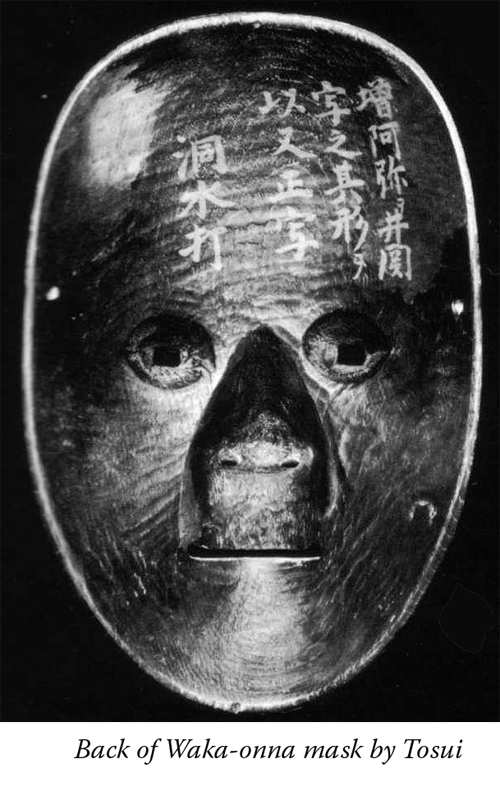
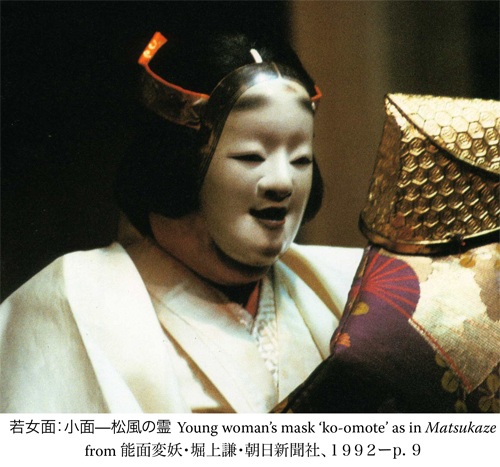
Here is the alternate mask, the fukai mask
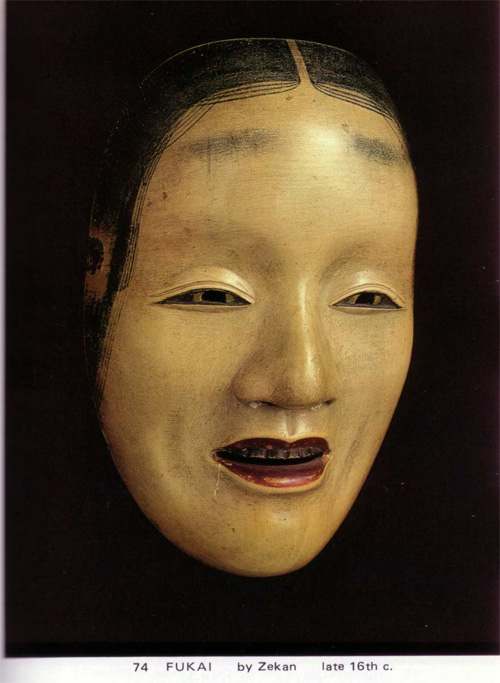
|
Navigating this web site:
|
|||||||
|
Welcome to John Wallace's
Classical Japanese Literature and Culture Web Site (click to return to this web site's Top/Main page) |
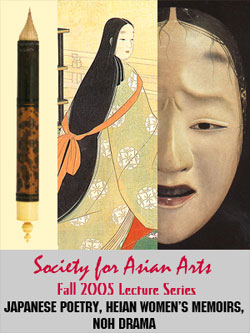 |
||||||
|
(click to return to
the SAA 2005 Autumn Literature Lecture Series Top/Main page of this web site) |
|||||||